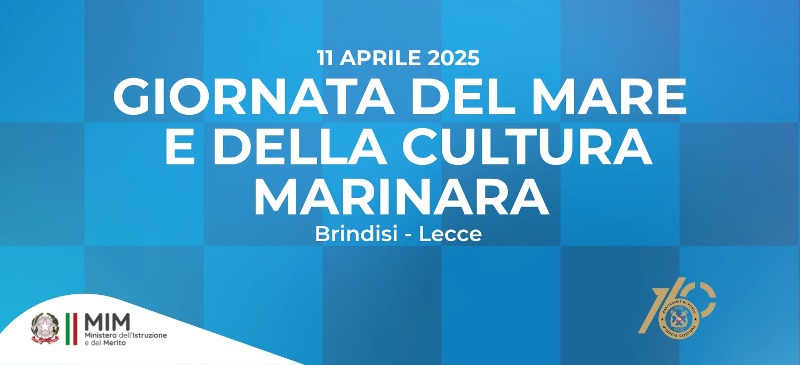CASA UNIVERSALE DELLE CULTURE
The Maison de la Paix - Casa Universale delle Culture is a place strongly representative, in which will convey the knowledge of the different identities and cultures, structuring permanently initiatives aimed at the spreading of peace, necessary for the shared development.
The Maison de la Paix - Casa Universale delle Culture (MdP) is a project conceived by Michele Capasso, approved by many Countries and international organizations. It is an architecture that keeps the memory of many Peace activities which created history, often more than the wars, but it is – above all – a space "to build” Peace.
The architectonical complex has an important symbolic worth: it represents the Countries of the World engaged in the Peace process and the Countries victim of the conflicts.
Proposed by the Fondazione Mediterraneo with the “Maison des Alliances” – together with the main adherent organizations, such as the Mediterranean Parliamentary Assembly, the League of Arab States, the "Anna Lindh" Euro-Mediterranean Foundation and others, the MdP represents a referent point for all the ones who dedicate their lives to peace.
The symbol of the MdP is the "Totem for Peace", an artwork by the Italian sculptor Mario Molinari which the Fondazione Mediterraneo is promoting all around the world, creating the network of the "Cities for Peace".
The first seat of the MdP was inaugurated on the 14th of June 2010 (Maison de la Paix - Casa Universale delle Culture) in the historical building of the Grand Hotel de Londres in Naples.
The action of the Maison de la Paix - Casa Universale delle Culture aims at improving the main activities of the "Universal Forum of Cultures" in: Barcelona (2004), Monterrey (2007), Valparaiso (2010) and Naples (2013).
The Maison de la Paix performs most of the initiatives jointly with the Maison de la Méditerranée.
|
 Today our fraternal friend Vincenzo Galgano rose to heaven: a gentleman who made justice the cornerstone of his existence.
Today our fraternal friend Vincenzo Galgano rose to heaven: a gentleman who made justice the cornerstone of his existence.





 The United States of the World with the Fondazione Mediterraneo celebrated the “National Day of the Sea and Maritime Culture” in various Italian cities and, in particular, in Lecce.
The United States of the World with the Fondazione Mediterraneo celebrated the “National Day of the Sea and Maritime Culture” in various Italian cities and, in particular, in Lecce. A delegation from the Fondazione Mediterraneo and the Museum of Peace participated in Turin in the evening Mass celebrated in the Basilica of Mary Help of Christians, presided over by Cardinal Ángel Fernández Artime, former Rector Major, and concelebrated at the altar by his predecessor, Don Pascual Chávez Villanueva, and his successor, Don Fabio Attard.
A delegation from the Fondazione Mediterraneo and the Museum of Peace participated in Turin in the evening Mass celebrated in the Basilica of Mary Help of Christians, presided over by Cardinal Ángel Fernández Artime, former Rector Major, and concelebrated at the altar by his predecessor, Don Pascual Chávez Villanueva, and his successor, Don Fabio Attard. President Michele Capasso, the members of the Governing Council and of the International Scientific Committee, the delegates of the offices in the various countries and all the members of the Fondazione Mediterraneo express their profound condolences for the death of Maestro Roberto De Simone, member of the association and assignee of the Mediterranean Art Award 2010.
President Michele Capasso, the members of the Governing Council and of the International Scientific Committee, the delegates of the offices in the various countries and all the members of the Fondazione Mediterraneo express their profound condolences for the death of Maestro Roberto De Simone, member of the association and assignee of the Mediterranean Art Award 2010. Secretary-General Michele Capasso participated in the Holy Mass celebrated by Cardinal Secretary of State Pietro Parolin on the occasion of the 20th anniversary of the return of Pope John Paul II to the House of the Father.
Secretary-General Michele Capasso participated in the Holy Mass celebrated by Cardinal Secretary of State Pietro Parolin on the occasion of the 20th anniversary of the return of Pope John Paul II to the House of the Father.